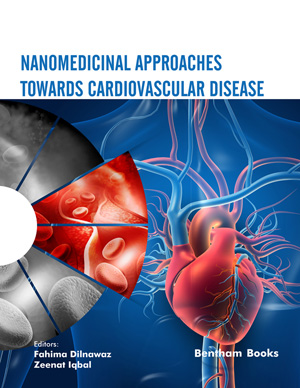Abstract
Phospholipase A2 (PLA2) catalyzes the hydrolysis of sn-2 fatty acids from membrane phospholipids resulting in the production of several biologically active phospholipid metabolites such as lysophospholipids, arachidonic acid, eicosanoids and platelet-activating factor. The majority of myocardial PLA2 activity is membrane-associated and does not require Ca2+ for activity (iPLA2). Myocardial iPLA2 demonstrates unique characteristics when compared to other PLA2 isoforms described previously, including a selectivity for plasmalogen phospholipids and resistance to inhibition by methyl arachidonyl fluorophosphonate. Activation of myocardial iPLA2 results in the production of lysoplasmenylcholine and arachidonic acid, both of which can change the electrophysiologic properties of the myocardium. Arachidonic acid can modulate ion channel activity via protein kinase C activation and has been demonstrated to decrease gap junctional conductance. Lysoplasmenylcholine directly produces action potential derangements and alters calcium cycling in cardiac myocytes. Thus, inhibition of iPLA2 activity to block production of phospholipid metabolites that mediate pathologic changes in the myocardium would be of considerable benefit. However, there are situations where inhibition of PLA2 activity would be detrimental to the myocardium, in particular if iPLA2 acts as a phospholipid repair enzyme following oxidative damage. Although little is known regarding the function of cPLA2 or sPLA2 in the myocardium, it is possible that they may be important for signal transduction or may modulate the activity of iPLA2.
Keywords: lysoplasmenylcholine, lysophosphatidylcholine, arachidonic acid, bromoenol lactone, methyl arachidonyl, flurophosphonate, phospholipid oxidation
 5
5













